Even though it might not always seem like it, your yard is just teeming with all kinds of critters and insects that call it home.
Some of these are incredibly valuable. Bees, in particular, are necessary for healthy, thriving ecosystems, as they serve as pollinators for many plants.If you want to attract more bees to your yard, one of the easiest ways to do so is by building a bee hotel.
Here’s what you need to know.
What Are Bee Hotels?
Bee hotels, also known as bee houses, are meant to attract pollinators to your vegetable or flower garden. Here, bees can make their nests. Usually, the kinds of bees that will take up residence in your bee hotel aren’t going to be honey-making bees. Therefore, they aren’t as likely to sting.
Normally, these kinds of bees will instead lay their eggs in small holes. You’ll know your bee hotel is getting good use when you see mud doors covering the entrance hole.
Once bees set up shop in your bee hotel, they’ll eat some pollen and make themselves comfortable. When they're ready, they’ll break through the mud barrier and fly away.
There are more than 21,000 species of bees in the world, 90% of which do not live in social structures like hives. Most of the world’s bees live alone - and these solitary bees need to find a way to fend for themselves. Each bee has to gather its own pollen and build its own nest.
That’s a lot of work for one bee! Most bees nest underground (about 70%) but some live in cavities or holes in wood or stems.Bee hotels aren’t useful for attracting just bees, either. They can also bring in wasps and ladybugs, helping to keep annoying pests out of your garden (wasps and ladybugs both feed on a variety of garden pests).
Starting a bee hotel is a great idea if you want to do your part in increasing a viable habitat for valuable pollinators. Around the world, pollinators of all kinds are in sharp decline, due largely to pesticide use and habitat loss.
Making your own bee hotel is easy - we’ll tell you how.
No time to DIY? Grab one from Amazon
How to Build a Bee Hotel: A Simple Plan You Can Follow
Building your own bee hotel is fun to spend an afternoon. You don’t have to have any advanced skills in carpentry, nor do you need any specific tools or equipment. This is a fun activity for you to do in an afternoon, particularly if you have some kids you can recruit to help you out, too.
Design Your Hotel
The first step in building a bee hotel will be to design it. It can be as simple or as complicated as you want it to be. At its simplest, a bee hotel could just buy a 4x4 block of wood with holes drilled into it before it is mounted on a post.
If you want to get more complicated, you can design a square or another shape with various sizes of blocks of wood, each of which is placed into the frame at an aesthetically pleasing angle.
Although you can follow any design plan you want, there are some basic rules you will want to follow.For starters, you should only use wood that has not been treated. Treated wood can contaminate your bees. Make sure your house has a roof and is at least three feet off the ground.
If you want to attract more than one species of bee, drill your holes at various sizes, with drill bits ranging from 2 to 10 mm. This will help you bring bees of all sizes into your hotel.
Build a Frame
First, build the exterior walls of your bee hotel. You can use just about any kind of lumber scraps you might have lying around. Again, just avoid pressure-treated wood. It can be as large as you want and in any size.
For simplicity’s sake, use a rectangle that is about 8”x12”. These measurements will be easy to work with. The frame of your bee hotel should be about six inches deep.
You will also need to enclose the frame in the back. You can cut plywood to size to fit the opening. The front of the bee hotel should be open, but you’ll want to slope the roof to shed the rain. You can use wood for the roof or a small piece of corrugated metal roofing.
You don’t have to finish your wood frame - leaving it unfinished is fine. You can also use an exterior wood sealant, but the smell may deter bees for a few weeks until it fades away. Don’t use paint on your bee hotel if you can avoid it.
Build Your Rooms
Next, you’re going to drill some holes. These will serve as your “rooms.” Use more random scraps of lumber or gather some tiny logs from tree branches. Cut them all to the same length (a measurement that will be determined by how deep your frame is).
Drill a wide variety of holes so that bees of all sizes and species can fit inside. Drill about a dozen to two dozen holes and make sure you have spaced them out.
Hang Up Your Hotel
Now that your hotel is built and ready to go, it’s time to install it. You can mount the hotel on an exterior wall or a fence post. Just push a couple of screws through the back wall.
Your bee hotel needs to be about chest high and, for best results, facing a southern direction. This will help your bee hotel stay nice and warm, especially in the spring and fall, when daylight hours begin to dwindle.
Once you’ve mounted your hotel, you can stack your rooms inside the hotel. The hole openings need to be facing out.
Watch for Bee Activity
Now that your bee hotel is built, it’s time to watch for guests! If you used a sealant to finish your bee hotel, it may be a few weeks before you have any visitors. However, you should notice traffic pretty soon otherwise.
Female bees will start by building individual chambers throughout each hole. They’ll use mud and chewed-up plant material to do this. Then, they will deposit their eggs and some pollen in the chamber. After They fill a tube, they’ll seal it off to protect their eggs from predators and moisture.
The baby bees will remain inside the sealed-up tubes lal winter. In the spring, they will emerge as adults. They’ll break out of the holes and head out on their own! Each spring, you should remove your old rooms and build a new set to prevent bees from passing diseases to each other.
That’s all there is to it!
Tips for Building a Bee Hotel
There are several bee hotel building tips you will want to follow. For starters, make sure you plan out your hotel well ahead of time. That way, you can remove nesting materials as they get filled up and store them in a warm location.
You will want to make sure your nesting holes are the right size and made of the right materials, too. Many people advise against using bamboo and plastic, as these don’t let the pollen breathe. You’ll also want to protect your nesting materials from the rain, wind, and birds by building an outer structure with a two-inch overhang.
Don’t get too overzealous with the size of your hotel, either. A 4x6 bee hotel might look beautiful, but it will draw too much predator attention to the hive.
Pests and Problems with Bee Hotels
Once you get your bee hotel going, keep a close eye on it for any signs of a problem. Just like any other habitat, a bee hotel can fall victim to pests, predators, and diseases. To prevent the likelihood of pests and diseases, make sure you inspect your bee hotel regularly and separate healthy cocoons from those that are infected.
The most common problems toa affect bee hotels include pollen mites, which eat the nectar and pollen before the bee can get a chance to, and parasitic wasps. These wasps lay their eggs inside of healthy larvae. Other predators include some species of beetles, ants, and even birds.
Get into the habit of inspecting your bee hotel on a regular basis and take action right away if you notice any of these problems!
Setting Your Bee Hotel Up For Success
The most important thing to remember, when building a bee hotel, is that you can’t just build your hotel and then ignore it. You need to make sure you maintain and manage your bee hotel, or it can fall into such disrepair that your bees will ignore it in favor of other, better nesting sites.
No matter how well you maintain and inspect your bee hotel, know that it will probably only last about two years. The bees will need new tunnels to lay their eggs in.
Otherwise, you can express as much creativity as you want when building your bee hotel! While it’s not recommended that you paint your bee hotel, you can use just about any kind of untreated wood to build your project.
Put your bee hotel out in the early spring, and enjoy watching as curious pollinators come buzzing to your new accommodations!
If you love caring for wildlife, you can build birdfeeders, and grow lots of flowers bees will love.



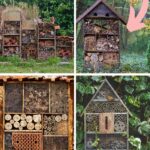

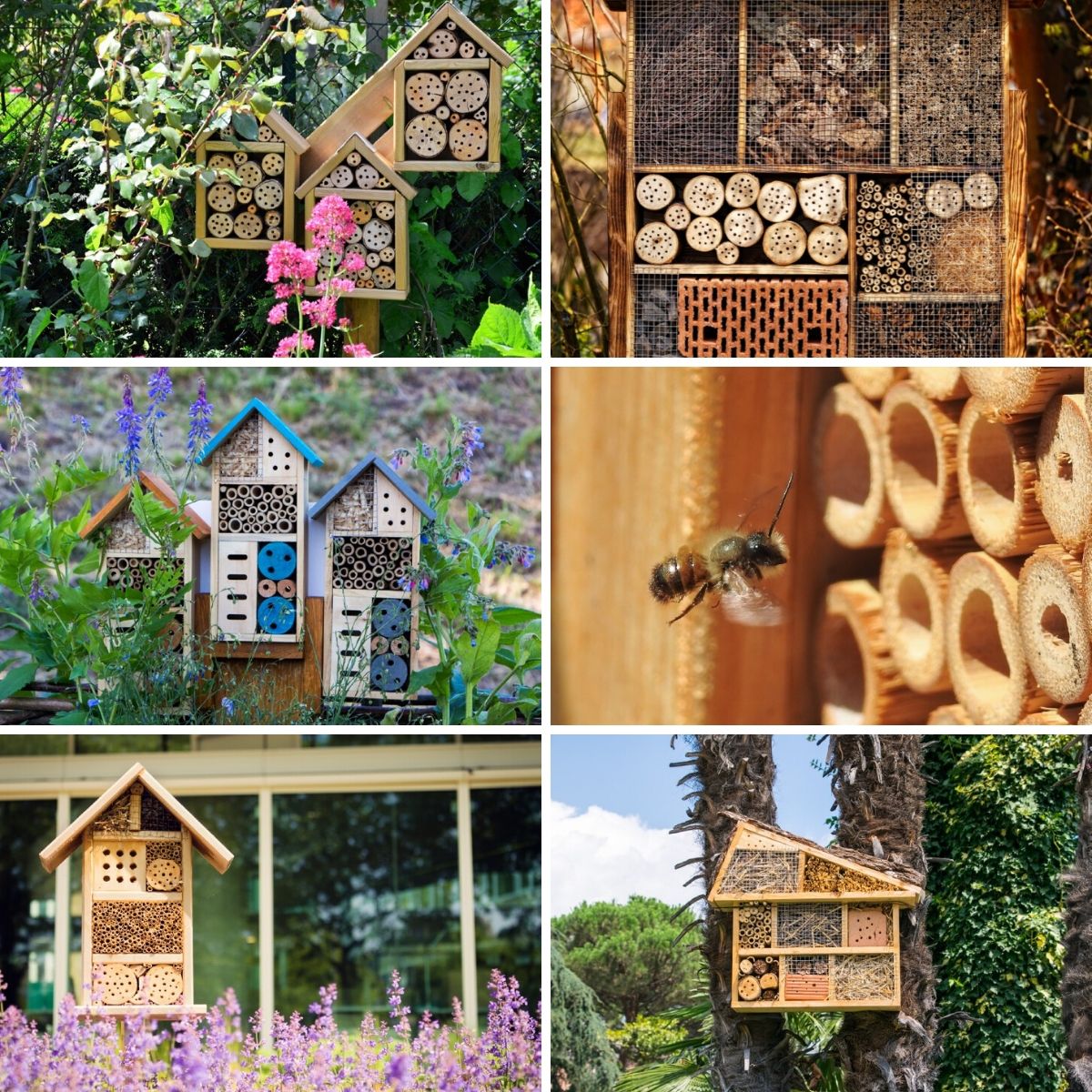
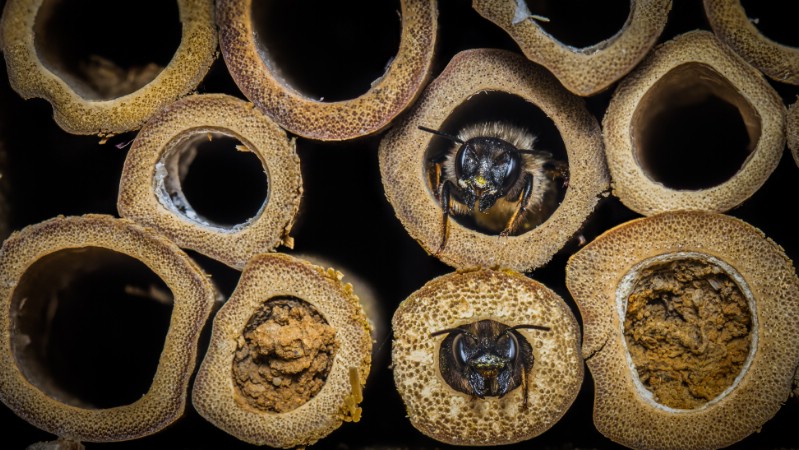
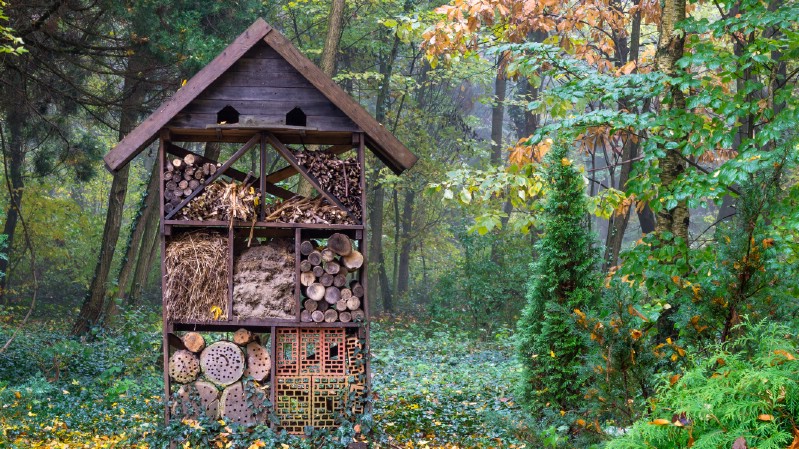
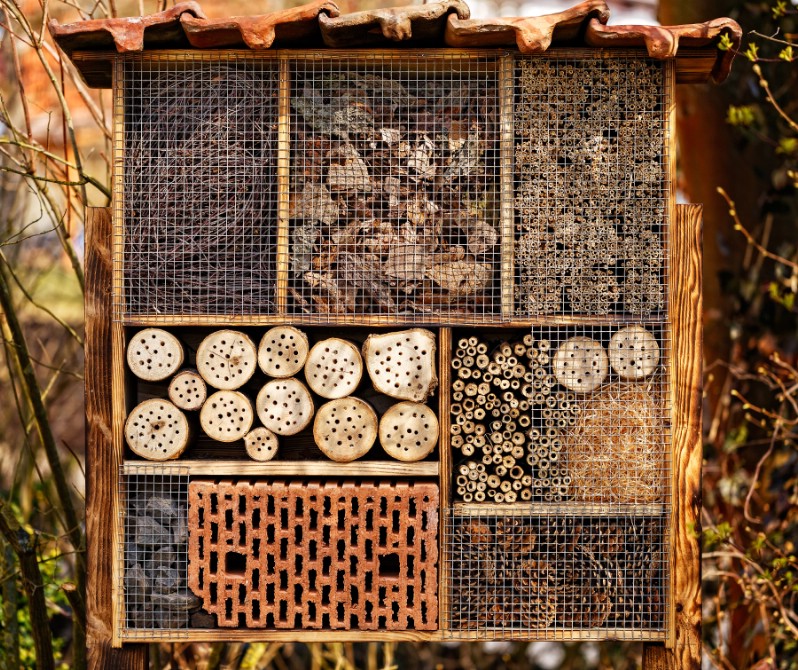
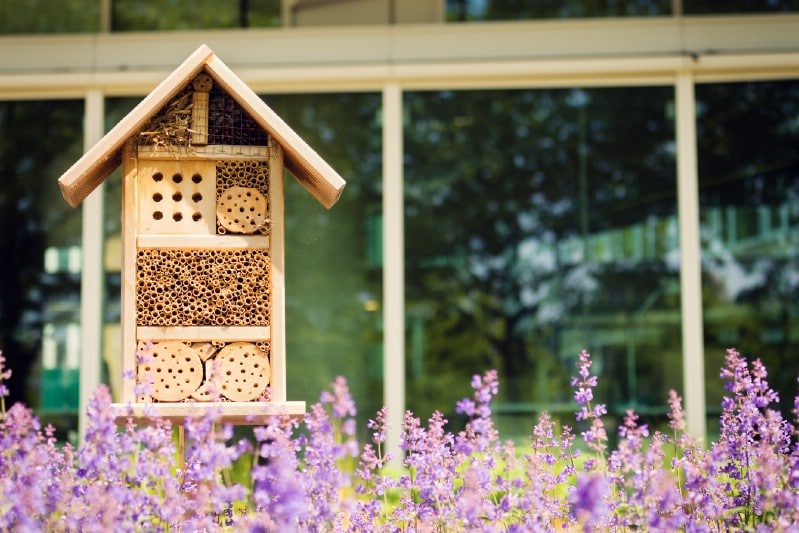
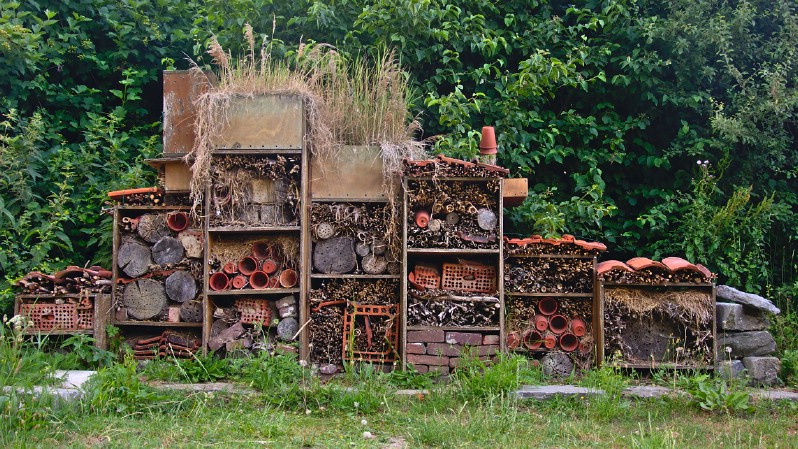
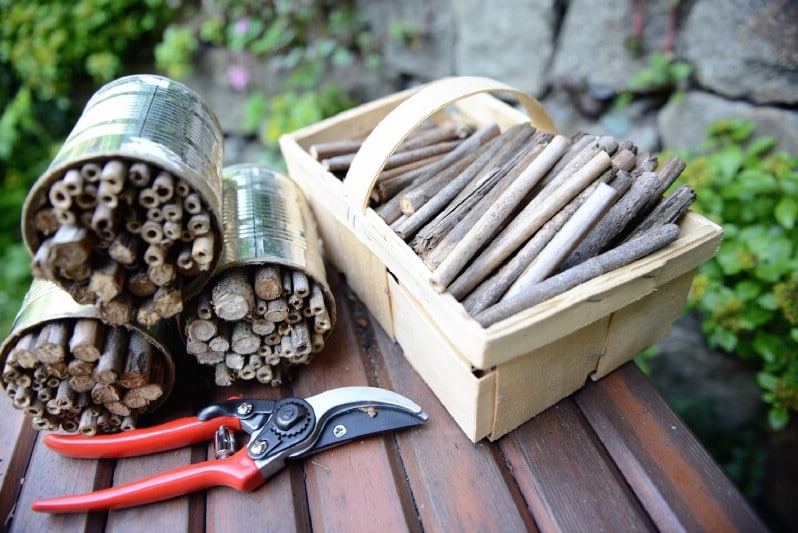
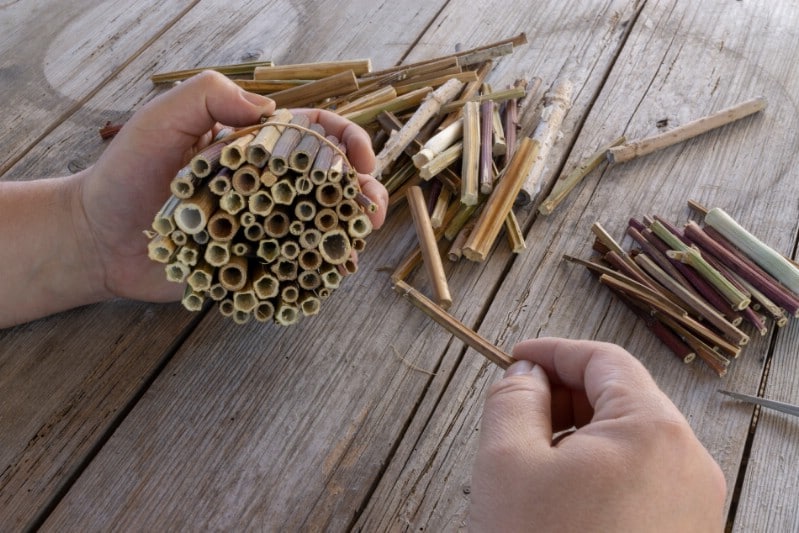
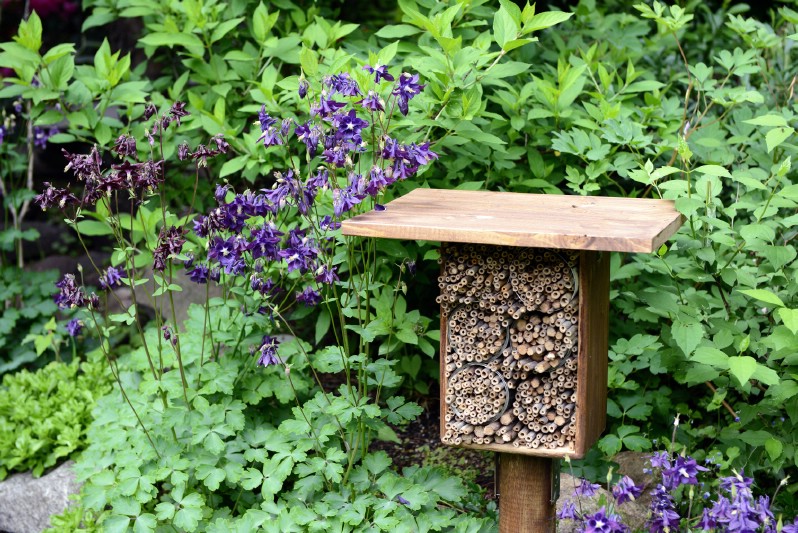
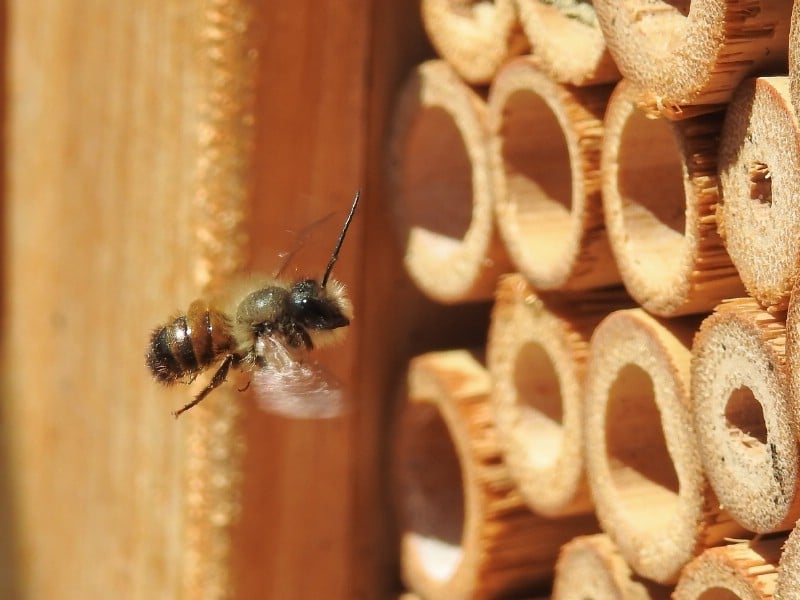
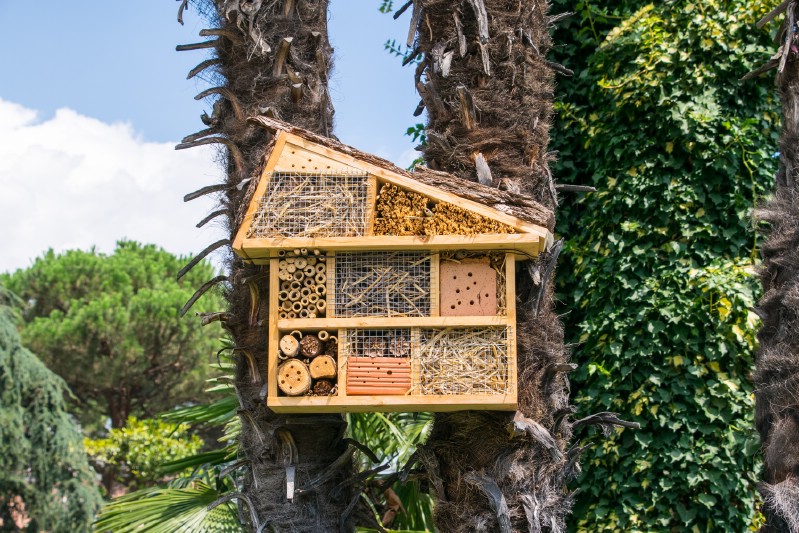
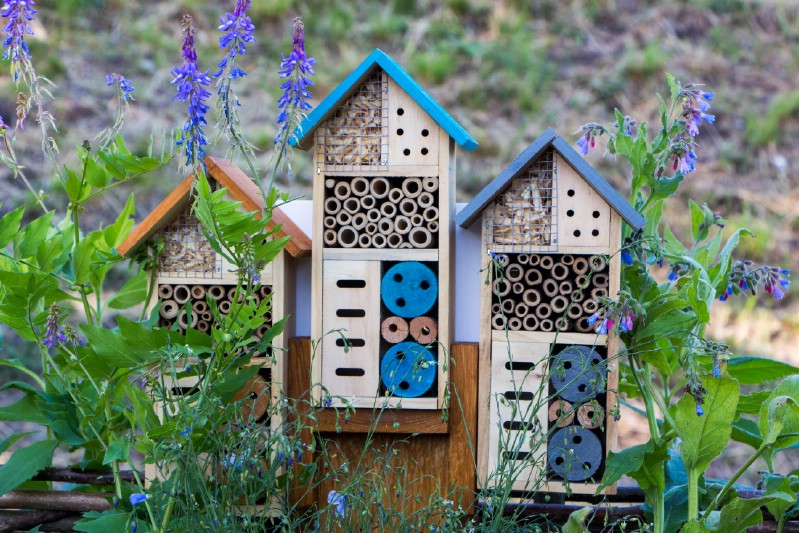
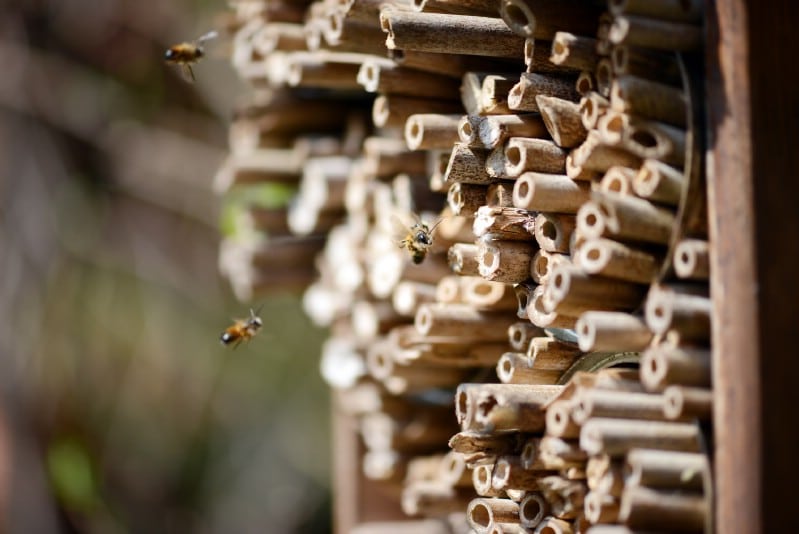
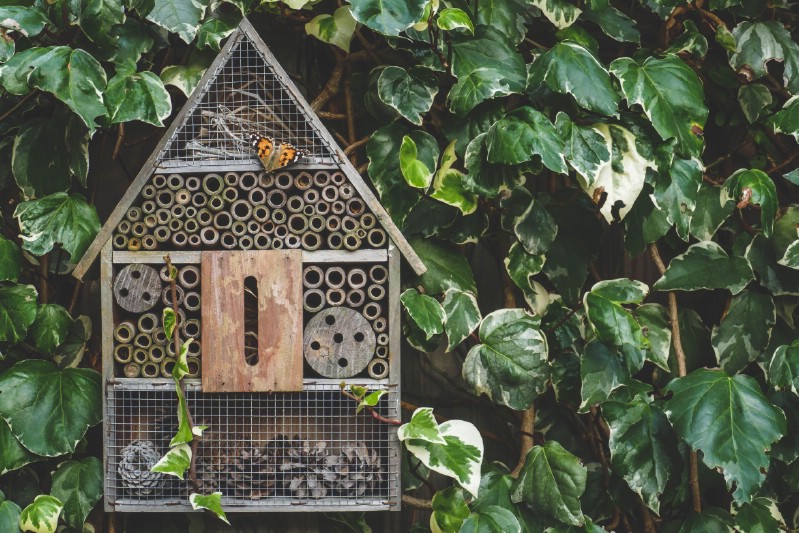


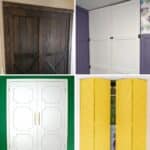
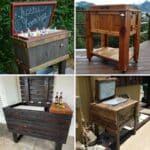
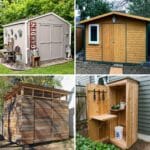
Leave a Reply